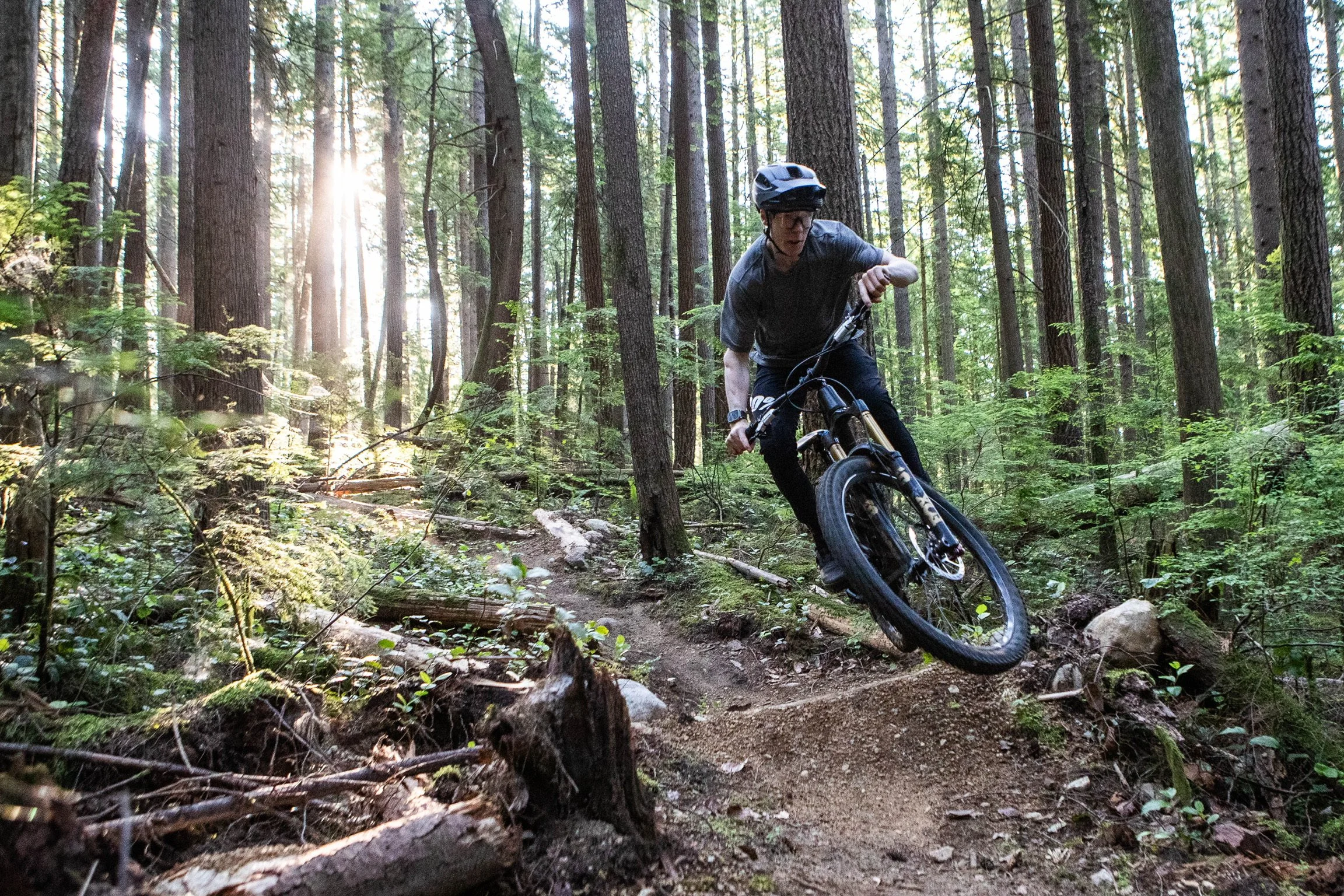Dial In Your Drivetrain
You installed a shiny new drivetrain, and your bike is looking trail-ready. Time to shred, right? Almost. Before you hit the dirt, let’s make sure everything is Dialed in to deliver smooth shifting and reliable performance.
You’ll need to complete a proper installation and adjustment process to get the best out on the trails. We’ll walk you through setting up your drivetrain and provide tips for fine-tuning on the trail.
Start with Cable Tension
Cable tension is the backbone of crisp shifting. Begin by ensuring your shifter and derailleur are properly installed and the cable is routed cleanly through the housing. Once the cable is anchored to the derailleur, adjust the barrel adjuster so it’s about halfway through its range.
To start, shift to the smallest cog (hardest gear) on the cassette. Use the derailleur’s limit screws to ensure the jockey wheel is aligned perfectly under the smallest cog. Slowly click up through the gears, checking that the chain moves smoothly across the cassette. If shifting feels sluggish, turn the barrel adjuster counterclockwise to increase tension. If it’s skipping gears, turn it clockwise to reduce tension.
Pro Tip: Make small adjustments—usually a quarter-turn at a time—to avoid overcompensating.
Fine-Tune Your B-Gap
The B-Gap, or the distance between your upper derailleur pulley and the largest cog, is critical for clean shifting in the lower gears.
Shift the chain to the largest cog (easiest gear).
Use the tool to measure the distance between the pulley and cog, adjusting the B-screw until it matches your components specifications.
Once set, run through all the gears again to ensure the chain moves smoothly across the range.
Chain Length
Correct chain length ensures efficient power transfer and prevents drivetrain damage.
Wrap the chain around the largest front chainring and largest rear cog, bypassing the derailleur.
Add two full links to this length (one inner and one outer link).
Cut the chain at this length, ensuring to leave enough for rear suspension travel if applicable.
After sizing, use a quick link to join the chain ends. Rotate the cranks backward to ensure the chain moves freely and smoothly.
Dialing in the Shifting Performance
With everything installed, it’s time to test your setup. Take the bike for a quick spin, shifting through all the gears while keeping an ear out for any clicking or hesitation.
If you hear noise in the lower gears, double-check your B-Gap.
If shifting feels clunky, revisit your cable tension.
For inconsistent shifts in either direction, ensure the derailleur hanger is straight using a derailleur hanger alignment tool.
On-Trail Adjustments
So you’ve hit the trail, but maybe the shifting feels slightly off as you hammer through rough terrain or climb steep switchbacks. Don’t worry—adjustments on the go are easy:
Small Misalignments: Use the barrel adjuster to tweak cable tension.
Dropped Chain: Consider increasing chain tension via the derailleur clutch or revisiting your chain length.
Unresponsive Shifting: Check for debris in the derailleur or cable housing and clean it out if necessary.
Maintenance Tips
To keep your drivetrain running smoothly, give it regular TLC:
Clean the drivetrain after every ride in dusty or muddy conditions using a brush and drivetrain-specific cleaner.
Lubricate the chain to reduce friction and wear. Wipe off any excess lube to avoid attracting dirt.
Inspect the derailleur hanger for straightness, especially after a crash.
And, keep up with your regular service to extend the life of your fresh new components.
Keep Playing
Once you find the sweet spot for your drivetrain settings, jot them down for future reference. However, don’t be afraid to experiment with micro-adjustments as you tackle different trails and conditions. A finely tuned drivetrain can transform your ride, giving you the confidence to push your limits.
We’re always available to chat you through the madness so you can get out on the trails.


